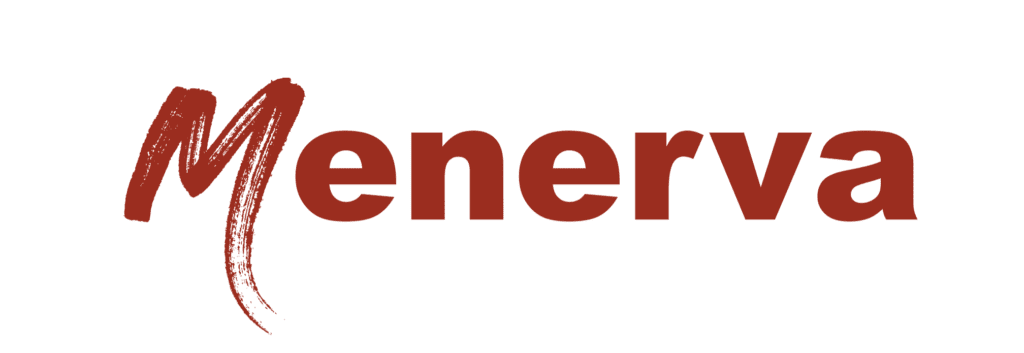Domain Authority (DA) is a score developed by Moz that predicts how likely a website is to rank in search engine results. Think of it like a credit score for your website. It doesn’t directly influence rankings, Google doesn’t use it in its algorithm—but it’s still a helpful indicator of your site’s overall SEO strength.

Why Domain Authority Still Matters
Even if Google doesn’t look at DA, many marketers, clients, and SEOs use it as a benchmark to evaluate link-building progress, content performance, and competitor strength. A higher DA can help you:
- Attract more organic search traffic
- Land guest post opportunities
- Build credibility with journalists and other linkers
But boosting Domain Authority isn’t about chasing a number. It’s about doing the right things—consistently. Here’s how to build real, lasting authority without falling for shady shortcuts.

1. Start With a Solid Technical Foundation
Before worrying about backlinks or publishing more content, make sure technical issues aren’t holding your site back. These problems can send negative signals to search engines, limiting your visibility regardless of the quality of your content.
Run a technical audit using tools like Screaming Frog or Moz Site Crawl. Prioritize these areas:
- Site speed & Core Web Vitals: Compress large images, reduce server response times, and eliminate render-blocking code.
- Mobile usability: Ensure your design is responsive, text is readable, and buttons are easy to tap.
- Indexability: Submit a clean sitemap, fix orphan pages, and eliminate soft 404s or crawl errors.
A fast, technically sound website makes it easier for Google (and users) to trust your content—and the links pointing to it.
2. Publish Content That People Want to Reference
Backlinks are earned, not bought. If you want others to link to your site, you need content worth citing.
Focus on originality and usefulness:
- Conduct your own research or surveys and publish the results.
- Write detailed, step-by-step guides based on firsthand experience.
- Include visuals like charts, screenshots, or checklists.
- Offer a unique angle, don’t just summarize what’s already ranking.
If your content genuinely helps someone do their job better or understand something faster, it has a higher chance of earning natural links.
3. Build Links the Right Way (Not the Fast Way)
Outreach isn’t dead, but mass email blasts with generic pitches are. Sustainable link building comes from relevance and value, not volume.
Try this instead:
- Target context over domain size: A link from a DA 30 blog in your niche may be more valuable than a DA 90 news site with no topical relevance.
- Offer helpful assets: Pitch an original dataset, expert quote, or graphic to a journalist or blogger who’s writing about your topic.
- Claim unlinked mentions: Use tools like Ahrefs to find sites that mention your brand but don’t link to you—then kindly ask.
Link building is a relationship game. Help others, and they’ll help you back.

4. Strengthen Internal Linking
DA isn’t just about what links come in. It’s also about how authority flows within your site.
A strong internal linking strategy:
- Sends users (and crawlers) to your most important content
- Helps underperforming pages get discovered
- Reinforces topical relevance
Start by mapping your pillar pages—in-depth resources or hubs that matter most to your audience. Then:
- Link to them from relevant blog posts
- Use clear, descriptive anchor text
- Avoid orphaned pages by connecting everything to something
Smart internal links can quietly lift rankings across your entire site.
5. Monitor & Clean Your Backlink Profile
Toxic backlinks, like spammy blog comments, link farms, or hacked sites, can weigh your site down.
Every quarter or so, review your backlink profile:
- Flag links from low-quality or irrelevant domains
- Reach out to get them removed, or disavow them in Google Search Console
- Watch your anchor text distribution, avoid over-optimized, keyword-stuffed patterns
A healthy backlink profile isn’t just about adding new links—it’s about removing the ones that do more harm than good.

6. Track Progress, But Look Beyond the DA Score
Domain Authority moves slowly. Especially if you’re already at DA 40 or higher, expect gradual increases, not big leaps.
In the meantime, measure progress with metrics like:
- Growth in referring domains (especially from relevant sources)
- Increases in organic, non-branded traffic
- Rankings for competitive keywords or featured snippets
These wins often show up before your DA ticks upward, and they’re far more valuable.
Why Increasing Domain Authority Is Worth It
Yes, DA is just a third-party metric, but the factors that influence it (strong links, solid content, clean site structure) are the same things that future-proof your SEO.
Over time, higher DA correlates with better keyword rankings, more brand trust, and even greater visibility in AI-generated results like Google’s Search Generative Experience (SGE).
In short: building authority builds resilience.
Want to Boost Your Domain Authority the Right Way?
At Menerva Digital, we help brands earn trust from search engines and people alike—through link-worthy content, clean SEO foundations, and ethical outreach. No gimmicks. No shortcuts. Just sustainable growth built on real authority. Contact us today to get your custom strategy.



